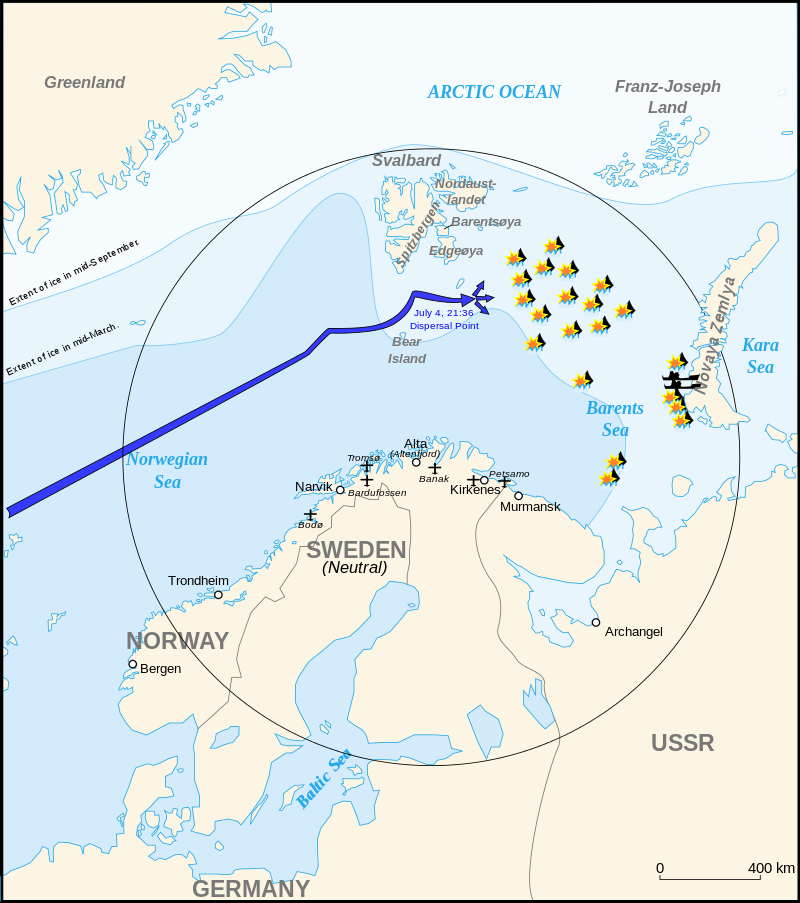I am currently working on a mod in TripleA that will do this. Germany owns Germany, Italy, Poland, and Libya. Britian owns, in addition to its regular territories: France, Northwestern Europe, Norway, Morocco, and Algeria. Russia owns Finland. Japan only owns Japan, Manchuria, Kangitsu, Iwo Jima, Okinawa, Caroline Islands, and Formosa. Britian owns all Japanese territories that weren’t mentioned here, except for Wake Island, Kwantung, and the Phillipines, which are owned by America.
On round 1, Russia and America are out. That means that they will get no money, they can’t move units, and they can’t be attacked, with the exception of China. Americans in China get to move, attack, and be attacked normally. Also, Japan gets to attack the Americans on Wake Island, the Phillipines, and (on J3 or J4) the navy off of Pearl Harbor (which will have at least 2 battleships). On Round 3, Russia gets to join. However, Germany gets to attack Russia in G2. I’m not sure whether to let America join in round 3 or 4. It depends on how much firepower Britain gets to wield in the Pacific and India initially, and how much they can maintain pressure on Japan.
Britain starts out with no cash to spend on B1 simply because they would have a mountain of cash from all the territories. Plus, the Axis need to have a chance to beat Britain back in the first few rounds. Germany and Japan will start out with 50 bucks (to represent their massive military buildup relative to the Allies.
Unit count in all Axis territories will basically double to give them much needed initial firepower. Germany’s navy will be beefed up, mainly in SZ5. There will be some extra navy in the Med just to make sure that they have a shot in Africa. To balance that, the subs off the coast of America will be removed, as well as the British navy off America as well (so Britain can’t storm Africa).
I already have some idea for the initial situation in Japan. They will start out with enough land units, navy, and transports to either gobble up Pacific islands or storm China, but not both. Plus, there is the Indian and Australian navies to deal with, not to mention the threat at Pearl Harbor.
My goal is to be semi-historically accurate, because some accuracy has to be sacrificed in order to make the game playable and fun, and also because the map wasn’t designed for historic realism.
One thing I’d like to do is to give Japan incentive to attack Pearl Harbor the turn that America begins to play, but I don’t know of a way to give Japan good incentive to. I think I might give Japan a reward for destroying the battleships in Pearl by giving them some money or units if they do.
I would appreciate and welcome suggestions for pretty much anything in here. I want to make this work and have it at least as balanced if not more balanced than 1942.2.






